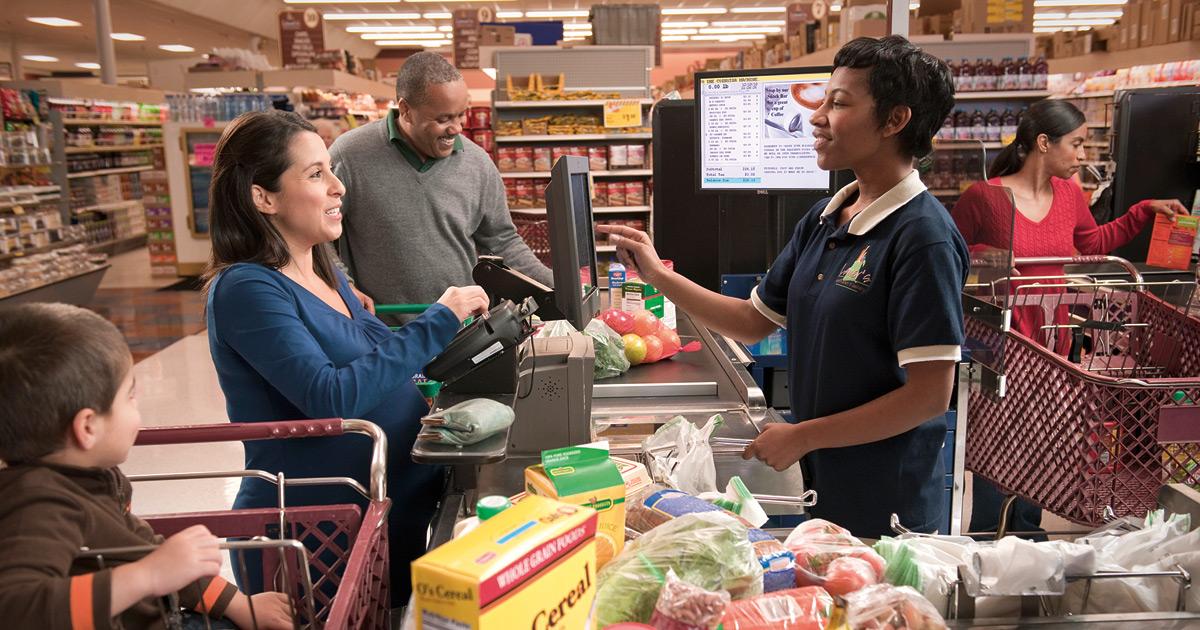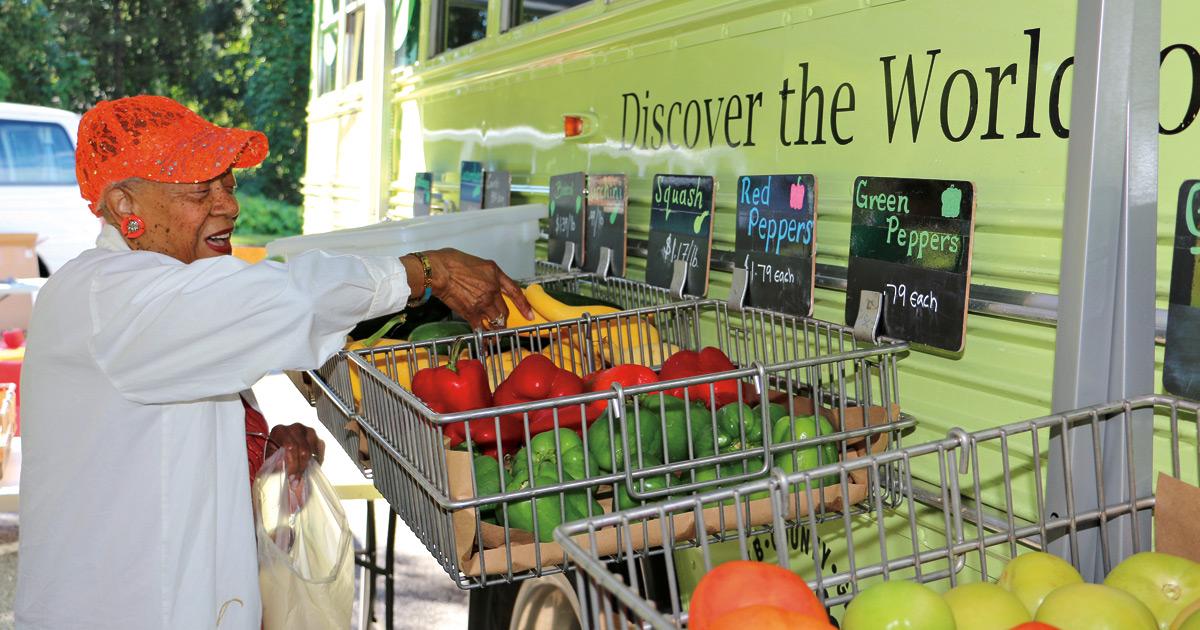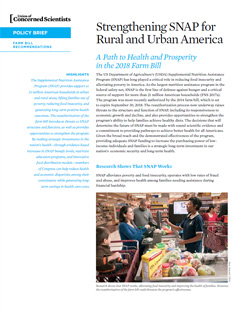The Supplemental Nutritional Assistance Program (SNAP) is the first line of defense against hunger for more than 21 million US households. Run by the US Department of Agriculture (USDA), SNAP is a long-standing success story, one of the largest and most effective strands in the federal safety net. Abundant data shows that SNAP is a smart investment in the nation’s health and well-being.
Authorization and funding for SNAP forms the largest single budget item in the Farm Bill, a legislative behemoth defining federal food and farm policy that’s reauthorized at roughly five-year intervals. The current bill is set to expire in September 2018. By early 2017, discussions of the next version had begun—and potential threats to SNAP’s structure and funding had already surfaced.
Our policy brief, Strengthening SNAP for Rural and Urban America, explains why it’s important to preserve SNAP—and also suggests some ways it could strengthened.

The evidence is in: SNAP works
Research shows that SNAP alleviates poverty and food insecurity and improves health. Here are some highlights:
- In 2014, the program lifted an estimated 4.7 million people out of poverty, including 2.1 million children.
- The program also resulted in food insecurity rates 30 percent lower than expected in the absence of SNAP benefits.
- For pregnant women who participate in SNAP, the risk of low-birthweight babies is reduced by up to 23 percent.
- Young children who participate in SNAP are more likely to complete high school and to have lower rates of obesity and metabolic syndrome in adulthood.
An effective program
SNAP also functions effectively from an administrative standpoint, boasting one of the lowest fraud rates of any federal program. Error rates—how often the government mistakenly underpays or overpays SNAP recipients—have also seen sharp declines and are now among the lowest in the program’s history.
And SNAP helps a broad swath of participants—children and seniors, low-wage workers and those unemployed, rural and urban residents in all 50 states.

It ain’t broke, so don’t “fix” it…
Policymakers and lobbyists who see SNAP as an easy target have proposed a range of changes that would cut or weaken the program. Congress should ensure that SNAP continues to work for the public by resisting efforts to alter the program’s core funding structure and key eligibility provisions:
- Keep SNAP legislation in the Farm Bill—proposals to decouple it would serve primarily to reduce SNAP funding and weaken the federal safety net.
- Prevent block granting of funding, which would make the program less responsive to economic changes.
- Protect eligibility by maintaining state options for broad-based categorical eligibility (BBCE), which simplifies the SNAP application process and can reduce administrative costs, and waivers for able-bodied adults without dependents (ABAWD), which give states the flexibility to preserve the safety net in periods of high unemployment.
- Oppose drug testing programs for recipients, which have proved costly and ineffective.
…but do strengthen it
Smart, evidence-based changes could make SNAP even more effective. Our issue brief identifies three key improvements Congress should make:
- Increase SNAP benefits to meet the dietary needs of low-income households. Inaccurate assumptions about food accessibility and costs may result in insufficient benefits for many households. Low benefit levels are linked to a 10 to 25 percent drop in caloric intake near the end of the month, with consequences including poorer academic performance for kids and increased risk of diabetes complications and hospitalization in adults.
- Continue investing in nutrition education. Evaluations of “SNAP-Ed” nutrition education programs have reported benefits including more fruit and vegetable consumption, fewer overweight youth, and increased physical activity among adults. This makes nutrition education an excellent public health investment: each dollar spent on SNAP-Ed has been estimated to save as much as $10 in long-term health care costs.
- Expand access by updating retailer definitions. In both rural and urban areas, a lack of access to SNAP-authorized retailers can be a significant barrier to SNAP participation. Innovative purchasing and distribution models, such as mobile fresh-food trucks, are helping to address these food access issues, but too often they fall outside existing definitions of SNAP-authorized retailers. Revising these definitions will be essential to help ensure that SNAP reaches everyone who needs it.




